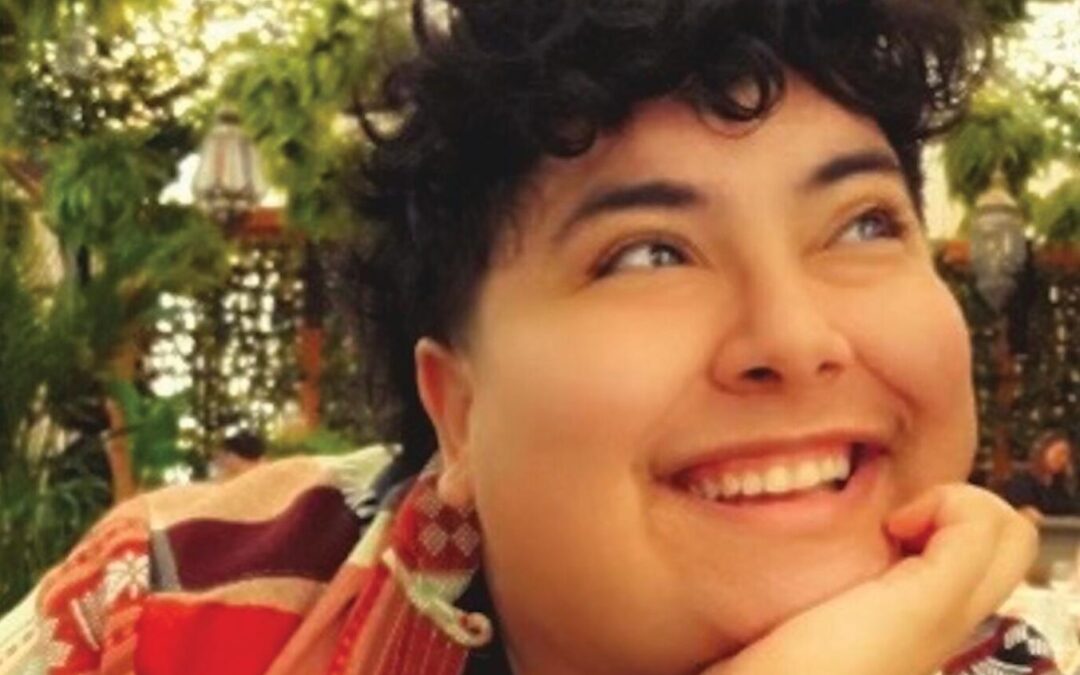
by Michele Kirichanskaya | Feb 22, 2025 | Blog
Born and raised in Arizona, Sonora Reyes is the author of The Lesbiana’s Guide to Catholic School and The Luis Ortega Survival Club. They write fiction full of queer and Latinx characters in a variety of genres, with current projects in both kidlit and adult...
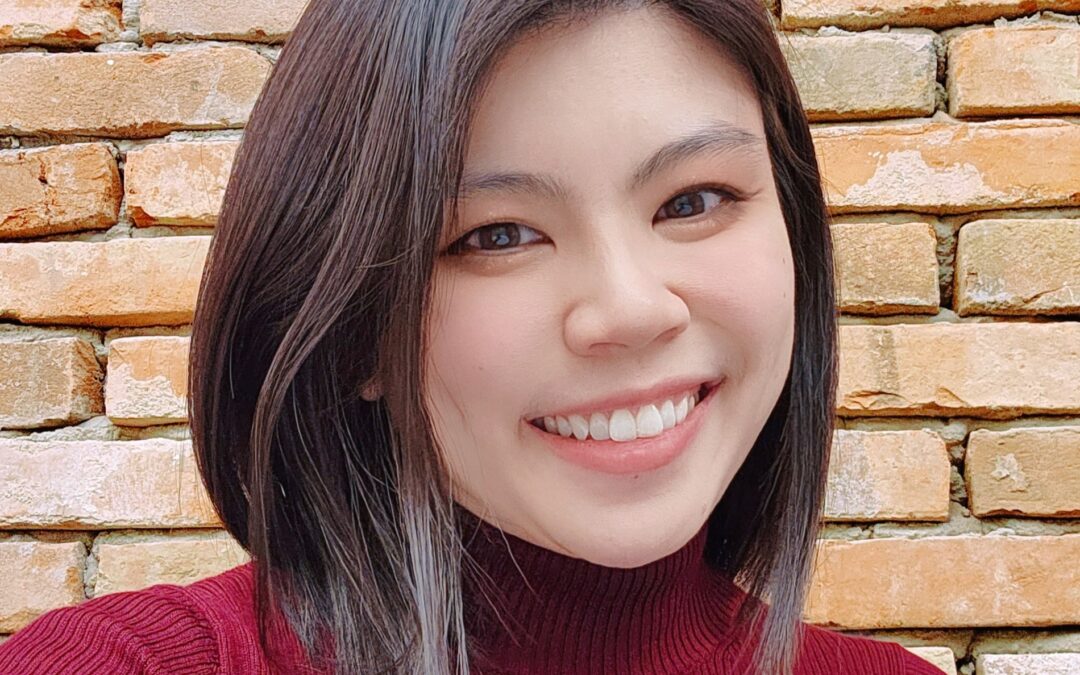
by Michele Kirichanskaya | Feb 19, 2025 | Blog
Amber Chen is a Singaporean-Chinese author of SFF and contemporary fiction. She spends much of her free time living within Chinese fantasy novels and dramas and also drinks one too many cups of bubble tea. One of her webnovels, The Cutting Edge, has been adapted for...
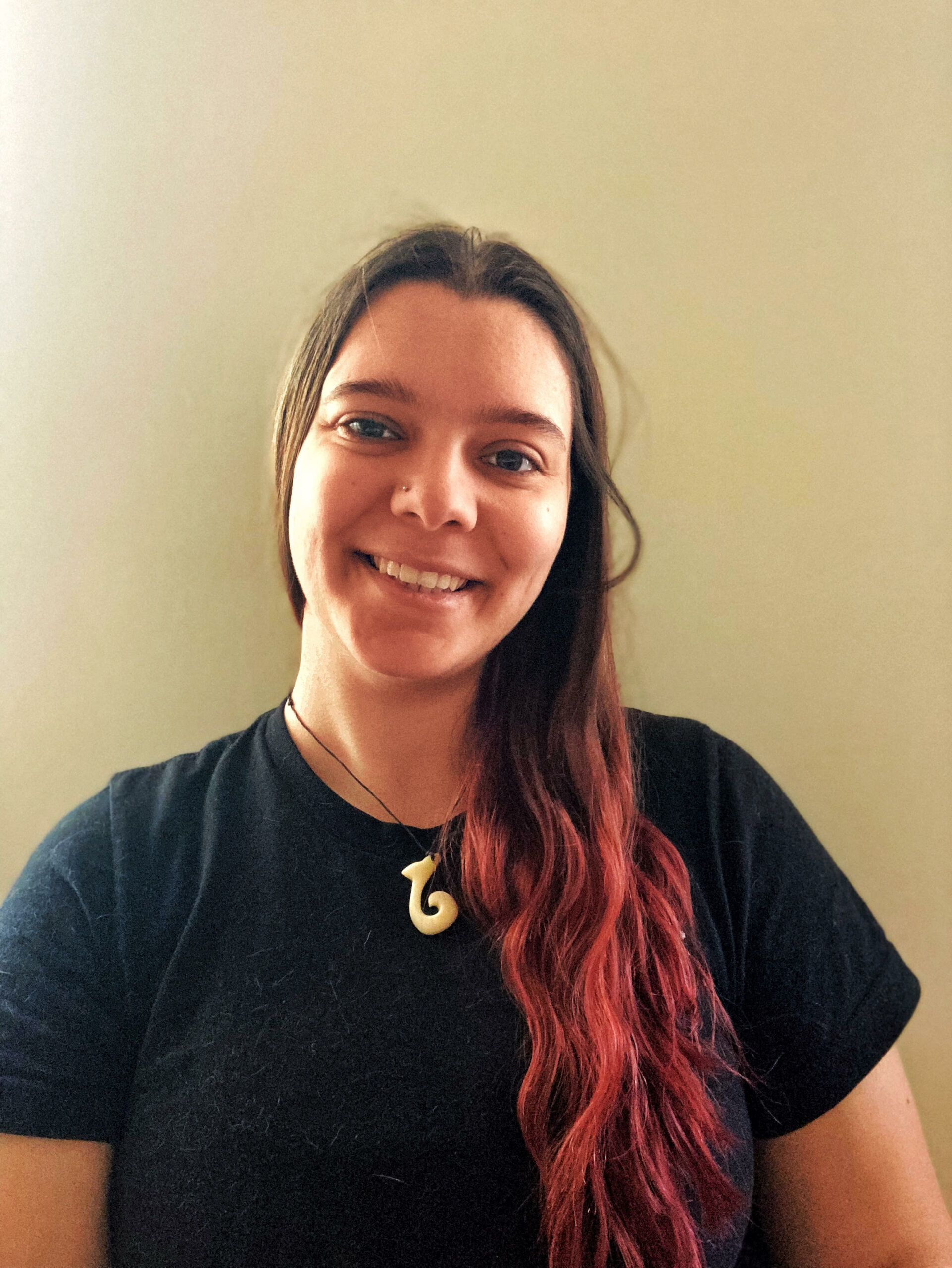
by Michele Kirichanskaya | Feb 14, 2025 | Blog
Ashley Wilda has an MFA in Creative Writing for Children and Young Adults from the Vermont College of Fine Arts. In addition to writing, she loves painting, making ceramics, playing music, rock climbing, and hiking with her husband, Ethan, and rescue pup, Phoenix. I...
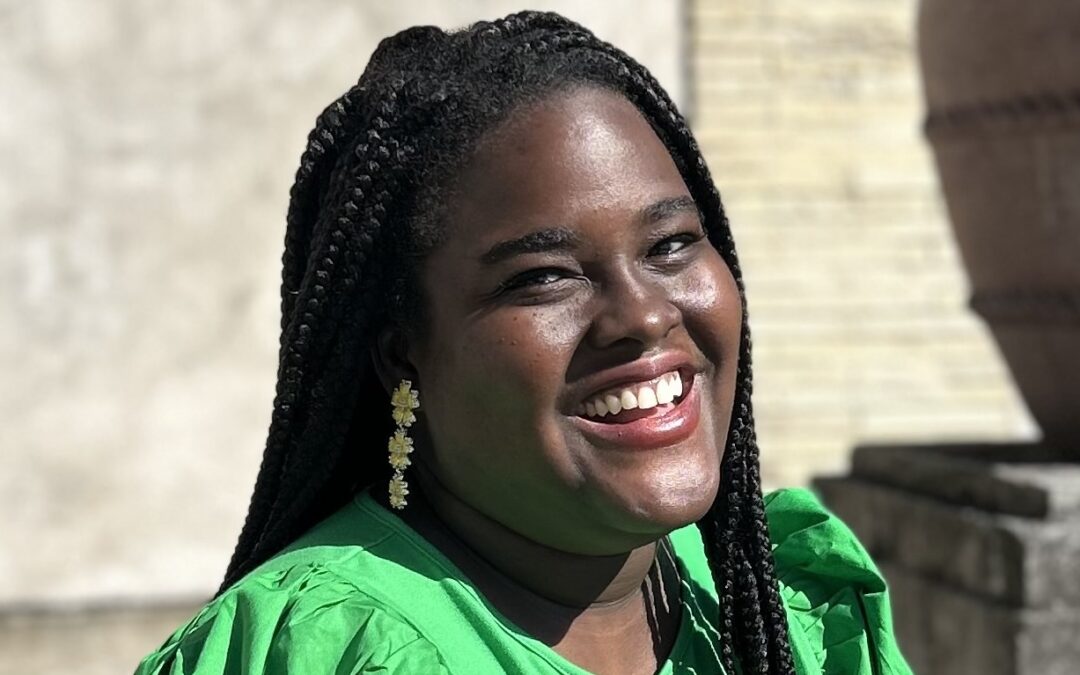
by Michele Kirichanskaya | Feb 12, 2025 | Blog
Kamilah Cole is a national bestselling, Dragon Award-nominated Jamaican-American author. She worked as a writer and entertainment editor at Bustle for four years, and her nonfiction has appeared in Marie Claire and Seventeen. A graduate of New York University, Kamilah...
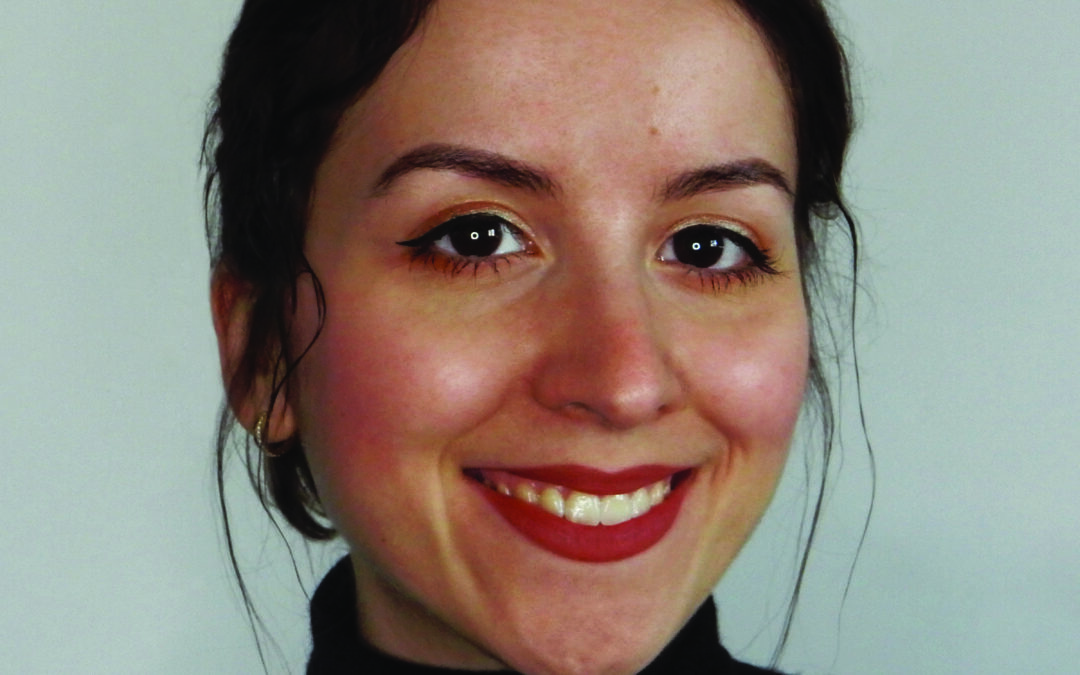
by Michele Kirichanskaya | Feb 7, 2025 | Blog
CASSANDRA CALIN is a cartoonist and humorist best known for her semi-autobiographical webcomic series, Cassandra Comics, in which she talks about her life with curly hair, high expectations, and other daily problems. Originally from Romania, Cassandra immigrated to...

by Michele Kirichanskaya | Feb 5, 2025 | Blog
Jinwoo Chong is the author of the novel Flux, a finalist for the PEN/Hemingway and VCU Cabell First Novel awards, a New York Times Book Review Editors’ Choice, and named a best book of the year by Esquire, GQ, and Cosmopolitan. His short stories and other work have...







